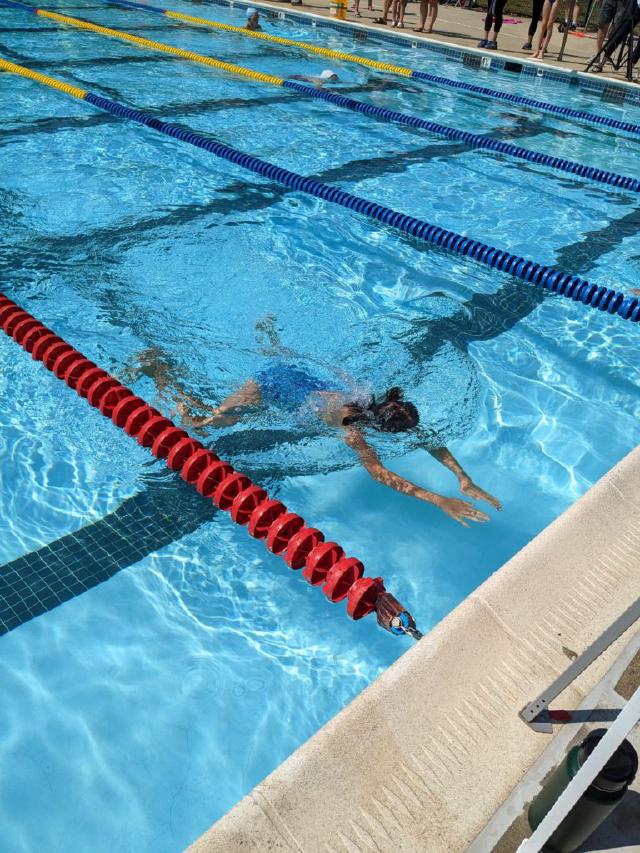My summer is spent poolside, participating in our neighborhood swim team. Our team is developmental, which means even children who don’t know how to swim strokes are allowed to join. Over the season, their strokes refine and improve. To me, breaststroke is especially descriptive of the changes.

As homeschoolers, we can also incorporate a glide into our homes. Here are three ways that work for me: daily pause, frequent reviews, and making tasks automatic.
First, find a time of day to pause.
Learning in a small group setting like homeschooling is naturally more effective. The learning time can be dense and efficient. Rather than packing the day full of structured learning, I find we are actually more efficient when we pause our formal learning during the day. One thing that works for us is 90 minutes of alone time immediately following lunch. Each child has the freedom to use their time in anyway they’d like, with the only rule being it is quiet enough to not disturb others and it is non-electronic. This pause gives us time to reset.
Second, find a way to review material.
When teaching one-on-one, I have noticed my tendency to quickly move to the next topic without spending much time for review. “I can tell this child understands the material,” I reason to myself, “let’s keep going.” But, the opportunity to review is actually beneficial in learning because it helps the child develop self-confidence in their own comprehension.
At times, I move us forward too quickly. We’ve accomplished all the problems in the textbook on that topic and then I want us to move on. But, when I pause and allow for greater repetition, we often make better headway. This is especially true with more complicated material. The child feels more mastery when given the chance to review. The child feels encouraged about the work.
Third, find a way to make more things automatic.
Homeschooling has so many options and so much flexibility, we can drown in decision making. I find success by setting a dependable structure where my children know what to expect. This allows us to move through our routine without hesitation. I make sure to protect the time for learning by not allowing other things to fill our schedule.
By pausing, reviewing and finding a routine, we can create the feeling of being smoothly propelled forward. We will benefit from gliding in our homeschool experiences.